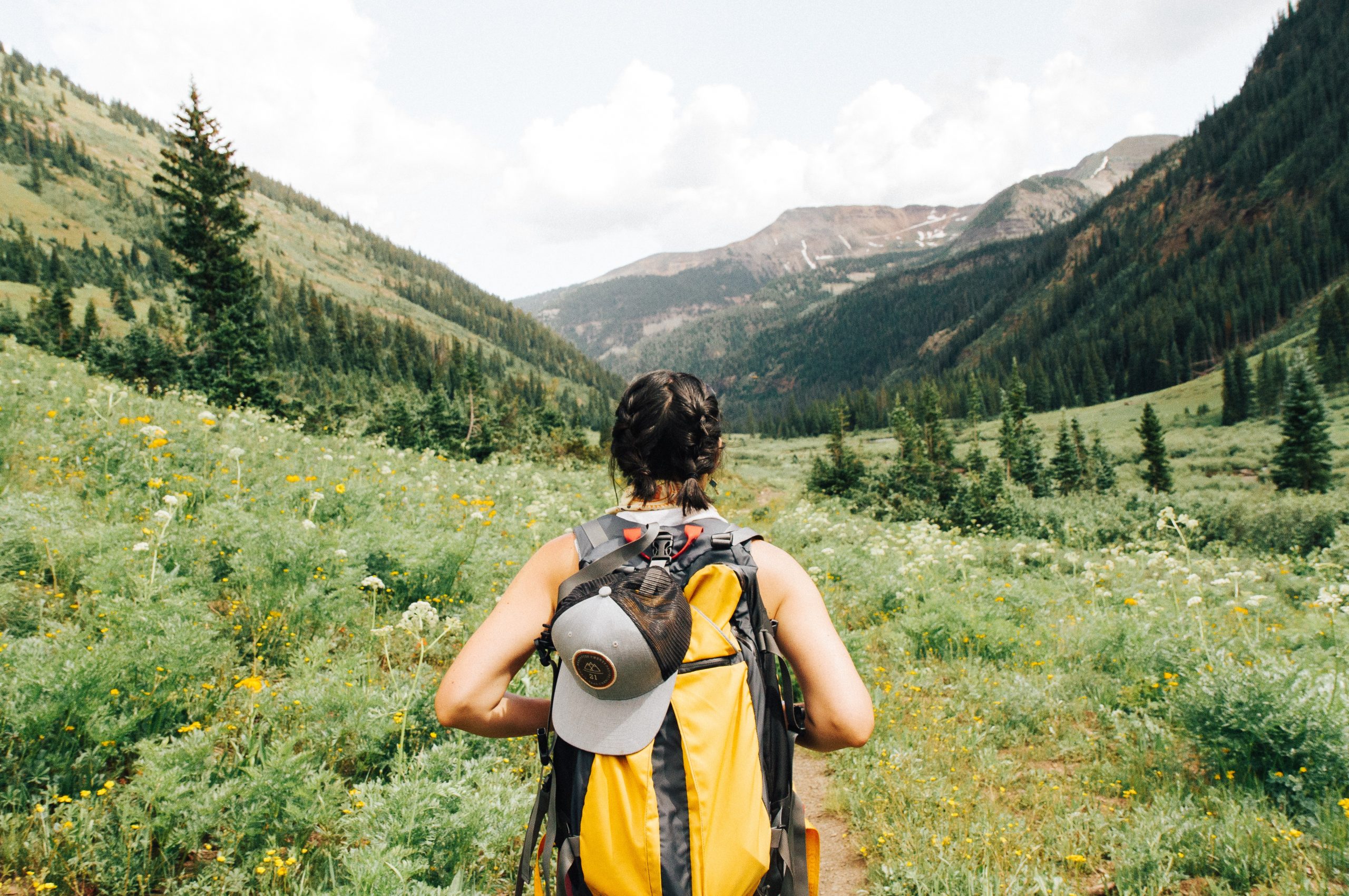5 Tips For Hiking

“Just because we’re missing a part, doesn’t mean we should miss out.” If you’ve watched any of my videos on Amputee Outdoors, you’ve probably heard me say that more than a few times. It’s true. With the advances in prosthetic technology that are available to us there is more and more we can be a part of. Think of each improvement in prosthetic technology as an expansion of what you can do. Hiking is one of those things that you should consider doing.
I’m not necessarily talking about hiking up a mountain. A nature trail in your neighbourhood will do just as well. In either case, there five things you should think about and plan for before you venture out into nature.
Your Health
First of all, what is the state of your general health? Go see your doctor and get a physical and tell your doctor you’re interested in taking walks in nature. Ask them directly, can I do that? If not, ask them what can you do to strengthen your body so you can? Perhaps you need to start with a lap around the block once a day and work your way up to one or two miles a day. That’s fine. That’s how I and every other amputee starts out. None of us go from losing a leg to hiking up Mt Kilimanjaro the next week.
Environment
Where will you be walking? This has a huge impact on the clothes, gear, boots, etc., that you will want to have with you. I live in Washington on the western side of the Cascades. This means that in the summer, it’s hot but not too hot, autumn and spring are generally wet and cold and the winter is very wet and cold. In the mountains the weather can change in the space of 10 minutes. So, I make sure to take the right clothing for weather, terrain, and season. This is true even if I’m just walking a local nature trail. Think about your environment. Talk with folks in your region about venturing into nature, what do they take with them? (Hint: if you’re doing more than a local nature trail, you want the Ten Essentials).
Prosthetic
What kind of leg to do you have? Talk with your prosthetist and like you did with the doctor, tell them you plan on walking around in nature. Ask them if your socket, pylon, foot is capable of that. Make sure to ask what are the limits of your prosthetic. Before you do go sauntering out into nature, make sure you’ve brought extra socks or other padding to put on. You’ll find like I and many others have, a couple miles into a nature walk and your stump and socket may not be fitting like they do when you’re walking around the house. Bring along some mole skin in case you get a blister and if your leg tends to get a little loose after a lot of walking, an Allen wrench is a good thing to bring.
Footwear
I love wearing hiking boots with lots of ankle support. (If it was left to me, I’d walk around the house in them, but my wife won’t let me.) The terrain I usually traverse is rocky and very uneven, boots with ankle support and a hiking pole are required. Your footwear needs will be determined by the terrain you will walk. Perhaps a pair of comfortable running shoes is perfect for your walks. One thing to keep in mind is the traction you’ll need. Nature and hiking trails are often slanted, slippery, muddy, etc. Traction is key to preventing slips and falls so no matter what footwear you go out in, make sure they have good traction.
Hiking Poles
I recommend taking at least one hiking pole with you, two if you feel it needed. Maintaining stability, giving your knees a break going down hills, catching yourself if you start to fall, etc., are all good reasons to have hiking poles with you. The primary reason is to slow yourself down as you go downhill. Prosthetic feet are designed to walk on level surfaces. Going uphill is fairly easy, you get your toe in there and push off that. Going downhill is a different situation. As the heel hits the ground, your body moves forward and the foot pushes you downhill hard. There’s no ankle to compensate for the slope. This is where hiking poles come in. Using them keeps your downhill motion under control and helps you put on the brakes.
There are lots of benefits to enjoying the beauty of nature. There are somethings we amputees need to do and plan for before we do, and they are all achievable. Bring along a friend or family member, bring your camera, and enjoy yourself. I hope to see more and more amputees posting pictures and videos of their sojourns into nature, yours being some of them. ”
